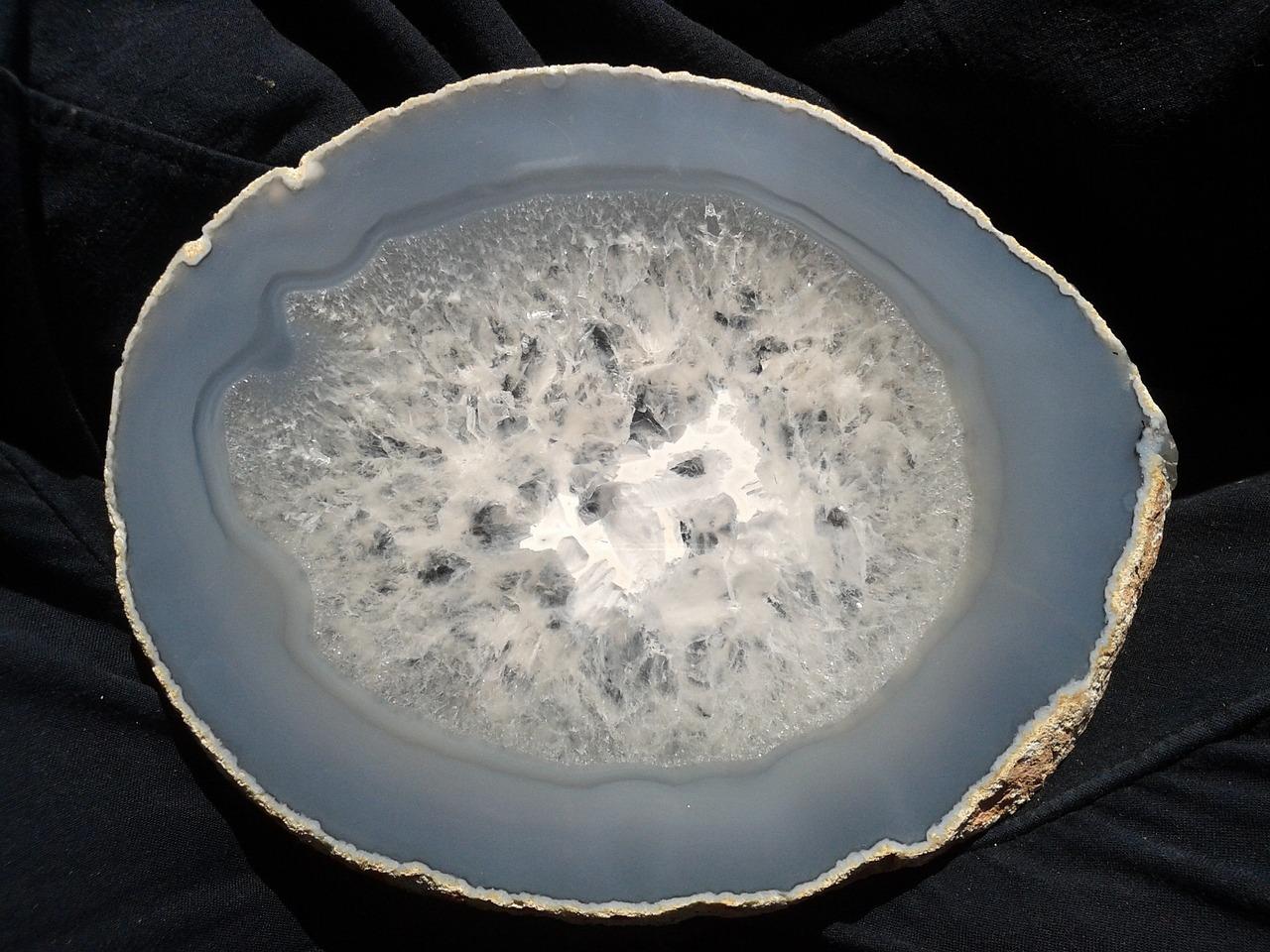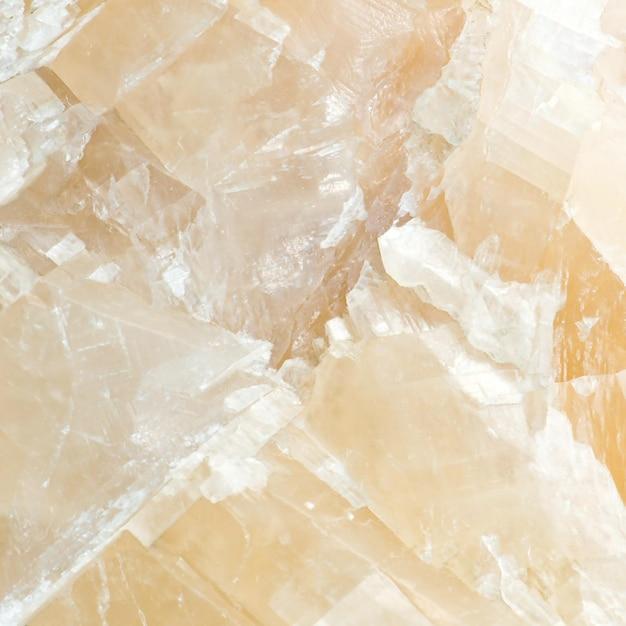Porcelain ceramic is a fascinating material that has been used for thousands of years in various applications, from pottery to dental implants. But is porcelain ceramic considered a mineral? In this blog post, we will dive into the world of ceramics and explore the properties and composition of porcelain to determine whether it can be classified as a mineral.
Ceramics are a broad category that includes materials like pottery, bricks, tiles, and even advanced ceramics used in electronics. They are typically made from inorganic substances and undergo a process of heating and cooling to form a rigid structure. Porcelain, known for its delicate beauty and strength, is one of the most well-known types of ceramics. However, its classification as a mineral may not be as straightforward as it seems.
So, is porcelain ceramic a mineral? Let’s delve deeper into the characteristics of ceramics and porcelain to find out the answer to this intriguing question.
Is Porcelain Ceramic a Mineral
Porcelain ceramic is a material that has puzzled many people over the years. Is it a mineral or not? The answer may surprise you!
The Distinction Between Porcelain Ceramic and Minerals
When discussing whether porcelain ceramic is a mineral, it’s important to understand the distinction between the two. Minerals are naturally occurring inorganic substances with a specific chemical composition and atomic structure. On the other hand, porcelain ceramic is a man-made material that is created through a process of heating clay at high temperatures.
Porcelain Ceramic: A Composition Riddle
To understand the mineral status of porcelain ceramic, let’s first dive into its composition. Porcelain ceramic is primarily made up of a mixture of clay, feldspar, and quartz. While these ingredients are mineral-based, the final product itself cannot be classified as a mineral due to its man-made nature.
The Humble Origins of Porcelain Ceramic
Now, let’s take a brief journey back in time. Porcelain ceramic has its humble origins in ancient China, where its production techniques were closely guarded secrets. Thanks to the silk road, this exquisite material eventually made its way to Europe, captivating people with its beauty and durability.
Porcelain: A Fantastic Imitation Game
One of the reasons porcelain ceramic can be mistaken for a mineral is its uncanny ability to imitate natural stones like marble and granite. Through careful manipulation of materials and firing techniques, artisans can create porcelain ceramic that is nearly indistinguishable from its mineral counterparts. It’s a fantastic imitation game!
The Practical Side of Porcelain Ceramic
While porcelain ceramic may not be a mineral in itself, it has gained popularity for its practical applications. Its non-porous nature makes it highly resistant to staining, making it an ideal choice for kitchen countertops and bathroom fixtures. Plus, its durability ensures that your porcelain ceramic pieces will last for years to come.
Ceramic Minerals: The Real Deal
Although porcelain ceramic itself is not a mineral, it is worth mentioning that the raw materials used to create it are indeed minerals. Clay, feldspar, and quartz are all mined from the earth, making them bona fide ceramic minerals. So, while porcelain ceramic might not be a mineral, it still has strong ties to the mineral world.
Porcelain ceramic may not be a mineral, but it certainly shares a close relationship with the mineral kingdom. Its composition may be a riddle, but its practicality and beauty are undeniable. So, the next time you marvel at the elegance of a porcelain ceramic vase or the sleekness of a kitchen countertop, remember that even though it’s not a mineral, it’s still a remarkable material that deserves our appreciation.
FAQ: Is Porcelain Ceramic a Mineral
What is the difference between ceramic and porcelain
Ceramic and porcelain are both popular materials, but they have some key differences. Ceramic is a broad term that refers to any non-metallic, inorganic material that is formed by the action of heat. Porcelain, on the other hand, is a specific type of ceramic that is made from a combination of clay, feldspar, and quartz. While ceramic can vary in its composition and properties, porcelain is known for its strength, durability, and translucent appearance.
Is ceramic a mineral
Yes, ceramic is made up of minerals. Minerals are naturally occurring, inorganic substances with a specific chemical composition and crystalline structure. Ceramics are typically made from minerals like clay, feldspar, quartz, and various oxides. These minerals are mixed together, shaped, and fired at high temperatures to create ceramic products.
Is porcelain a metal or nonmetal
Porcelain is neither a metal nor a nonmetal. It is a type of ceramic material. Metals are elements that have a shiny appearance and are good conductors of electricity and heat. Nonmetals, on the other hand, are elements that are usually dull in appearance and are poor conductors of electricity and heat. Porcelain, being a ceramic, has properties that are distinct from both metals and nonmetals.
What is the difference between ceramic and porcelain pottery
Ceramic pottery is a broad term that encompasses various types of pottery made from clay and other materials. Porcelain pottery, on the other hand, specifically refers to pottery made from porcelain, which is a type of ceramic material. While both ceramic and porcelain pottery can be used for functional or decorative purposes, porcelain pottery is often prized for its delicate appearance, strength, and ability to hold intricate details.
What is the importance of porcelain
Porcelain holds great importance due to its unique qualities. Its strength, durability, and resistance to heat and chemicals make it ideal for a wide range of applications. Porcelain is commonly used in the production of dinnerware, bathroom fixtures, electrical insulators, and decorative objects. Its aesthetic appeal, with its smooth and translucent surface, adds a touch of elegance to any setting.
Is steel a metal or nonmetal
Steel is a metal. It is an alloy made primarily of iron with varying amounts of carbon and other elements. Steel is known for its strength, durability, and versatility, making it one of the most widely used materials in construction, manufacturing, and other industries.
Is plastic a metal or nonmetal
Plastic is neither a metal nor a nonmetal. It is a synthetic material made from polymers, which are large molecules composed of repeated subunits. Plastics can be molded into various shapes and forms and are widely used in packaging, consumer goods, and many other applications.
How can you tell ceramic from porcelain
One way to distinguish ceramic from porcelain is to examine their appearance and texture. Ceramic often has a rougher texture and a more opaque appearance, while porcelain has a smooth and translucent surface. Additionally, porcelain tends to be more durable and resistant to stains and scratches compared to other types of ceramic.
Is porcelain a mineral
Porcelain is not itself a mineral, but it is made from minerals. Porcelain is primarily composed of kaolin, which is a type of clay mineral. Other minerals, such as feldspar and quartz, are also commonly found in porcelain compositions. These minerals are sourced from the earth and processed to create the raw materials used in porcelain production.
What type of ceramic is porcelain
Porcelain is a specific type of ceramic material. It is classified as a high-fire ceramic, meaning it is fired at temperatures above 1200 degrees Celsius. Porcelain is known for its low porosity, fine texture, high strength, and translucent appearance. These qualities make it suitable for a wide range of applications, from tableware to electrical components.
What are the four types of ceramics
The four main types of ceramics are earthenware, stoneware, porcelain, and bone china. Earthenware is the oldest and most common type, while stoneware is more durable and can withstand higher temperatures. Porcelain, as discussed earlier, is known for its strength and translucency. Bone china, a type of porcelain, contains bone ash, giving it a unique character and appearance.
What is ceramic made of
Ceramic is made primarily from minerals, such as clay, feldspar, and quartz. These minerals are mixed with water to form a clay mixture, which can then be shaped and fired at high temperatures to create ceramic objects. Additional materials, such as fluxes and colorants, may be added to modify the properties and appearance of the final product.
Is ceramic natural
Ceramics can be either natural or man-made. Natural ceramics, such as clay and certain types of stones, are found in the earth and can be processed and shaped for various applications. Man-made ceramics, on the other hand, are synthesized using minerals and other materials in controlled environments to create specific properties and characteristics.
Is porcelain made of bones
Although porcelain does not usually contain bones, bone china, a type of porcelain, does contain bone ash. Bone china is made by mixing bone ash with porcelain clay. The bone ash, derived from animal bones, adds strength and unique characteristics to the porcelain, resulting in a delicate and refined product.
Why is porcelain a mineral
Porcelain itself is not a mineral, but it is considered a mineral-based product because it is made from minerals such as kaolin clay, feldspar, and quartz. These minerals undergo physical and chemical transformations during the manufacturing process, resulting in a new substance with distinct properties. Due to its mineral composition and characteristics, porcelain is classified as a ceramic material.
Is porcelain a natural ceramic
Porcelain is a type of ceramic material that can be considered both natural and man-made. While the minerals used to make porcelain are sourced from the earth and can be considered natural, the manufacturing process involves shaping and firing the materials to create the final ceramic product. Therefore, porcelain can be seen as a combination of natural resources and human craftsmanship.
What is so special about porcelain
Porcelain is renowned for its unique combination of properties. It is exceptionally strong, yet possesses a delicate and translucent appearance. Porcelain has a low porosity, making it highly resistant to staining and retaining heat. Its durability and resistance to wear make it suitable for both functional and decorative purposes, while its aesthetic qualities add a touch of elegance to any setting.
What are the classifications of ceramics
Ceramics can be classified into various categories based on their composition, firing temperature, and intended use. Common classifications include earthenware, stoneware, porcelain, refractories, and technical ceramics. Each classification has different properties and applications, ranging from everyday pottery to specialized materials used in electronics and aerospace industries.
Is glass a metal or nonmetal
Glass is neither a metal nor a nonmetal. It is a solid material that is primarily composed of silicon dioxide, a compound commonly found in sand. Glass is produced by heating the raw materials to a high temperature until they melt and then cooling them rapidly, resulting in an amorphous, transparent material with unique properties.
What mineral is used to make ceramics
Several minerals are used to make ceramics, depending on the desired properties and applications. Common minerals used in ceramics include clay minerals (such as kaolin and ball clay), feldspar, quartz, and various metal oxides. These minerals provide different characteristics to the final ceramic product, such as strength, color, and resistance to temperature and chemicals.
Is porcelain natural or manmade
Porcelain can be considered both natural and man-made. While porcelain clay is derived from naturally occurring minerals, such as kaolin, the manufacturing process involves shaping the clay, firing it at high temperatures, and sometimes adding other materials to achieve desired characteristics. This combination of natural resources and human intervention results in the creation of porcelain as a man-made ceramic material.

